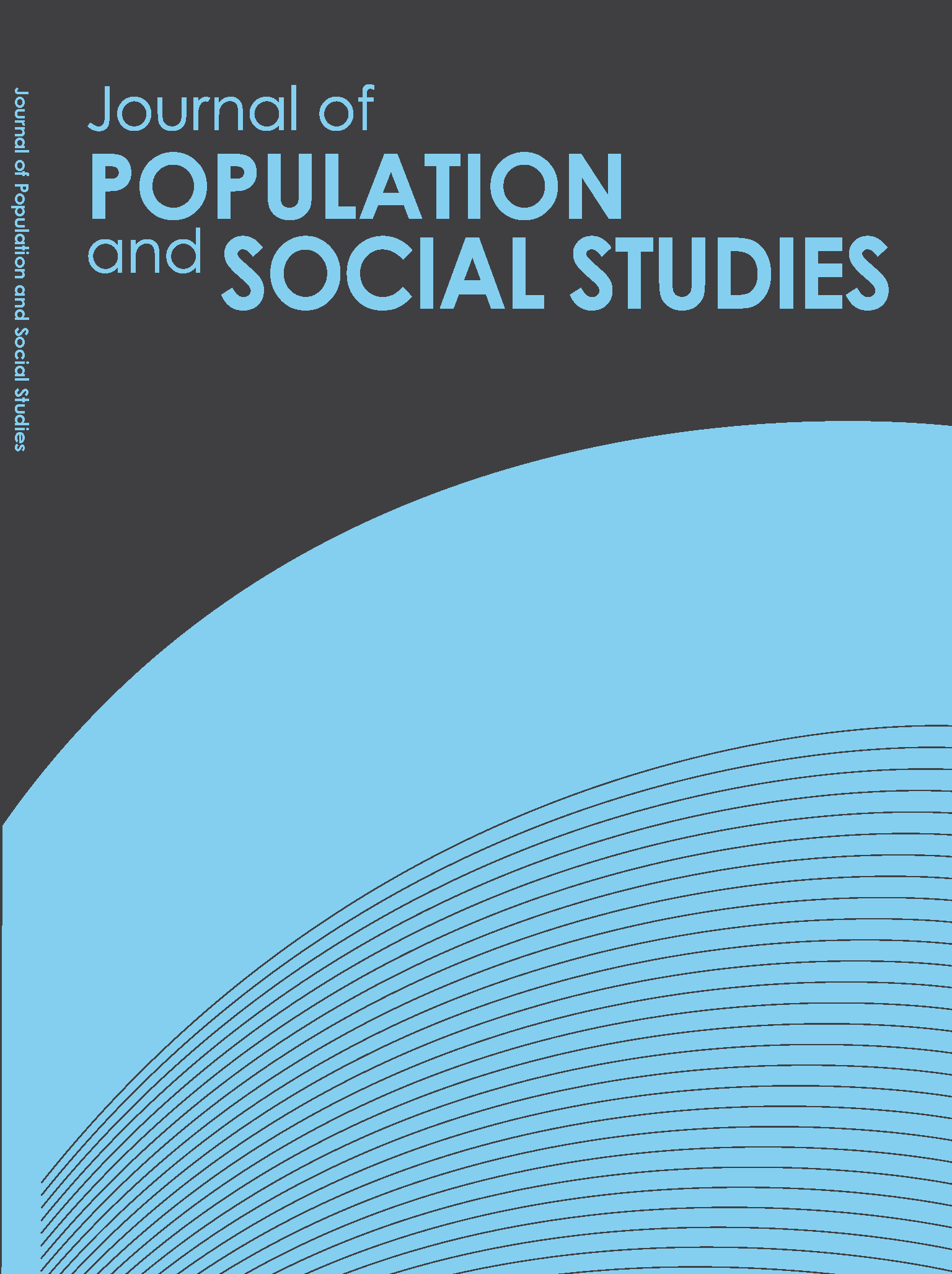The Influence of Existential Locality on Labor Force Age Migration Decision making
Main Article Content
Abstract
This research investigates the influence of existential locality on labor force age migration decision making. Existential locality (EL) is a term representing the role of neighbors in taking care of each other, which is applied by counting the number of houses occupied by the labor force age person’s kin located within a radius of 150 meters of the labor force age person’s house. On the quantitative side, there have not been any studies trying to prove the existence of kinship roles in relation to migration decision making. So, this study is useful in providing better understanding of the role of kin. The findings from this study point to the role of kin as where there are two or more houses occupied by kin of the labor force age person located within 150 meters, a labor force age person is less
likely to migrate out, but rather to stay in the home location. The finding confirms the role of kin and provides a guideline for policy makers to strengthen households and communities for mitigating the social situation of the elderly left behind which is expected to be more serious in the nearest future.
likely to migrate out, but rather to stay in the home location. The finding confirms the role of kin and provides a guideline for policy makers to strengthen households and communities for mitigating the social situation of the elderly left behind which is expected to be more serious in the nearest future.
Article Details
How to Cite
Musikaphan, W., Sawangdee, Y., Chamratrithirong, A., & Jampaklay, A. (2009). The Influence of Existential Locality on Labor Force Age Migration Decision making. Journal of Population and Social Studies [JPSS], 18(1), 81–102. retrieved from https://so03.tci-thaijo.org/index.php/jpss/article/view/84660
Section
Research Articles


